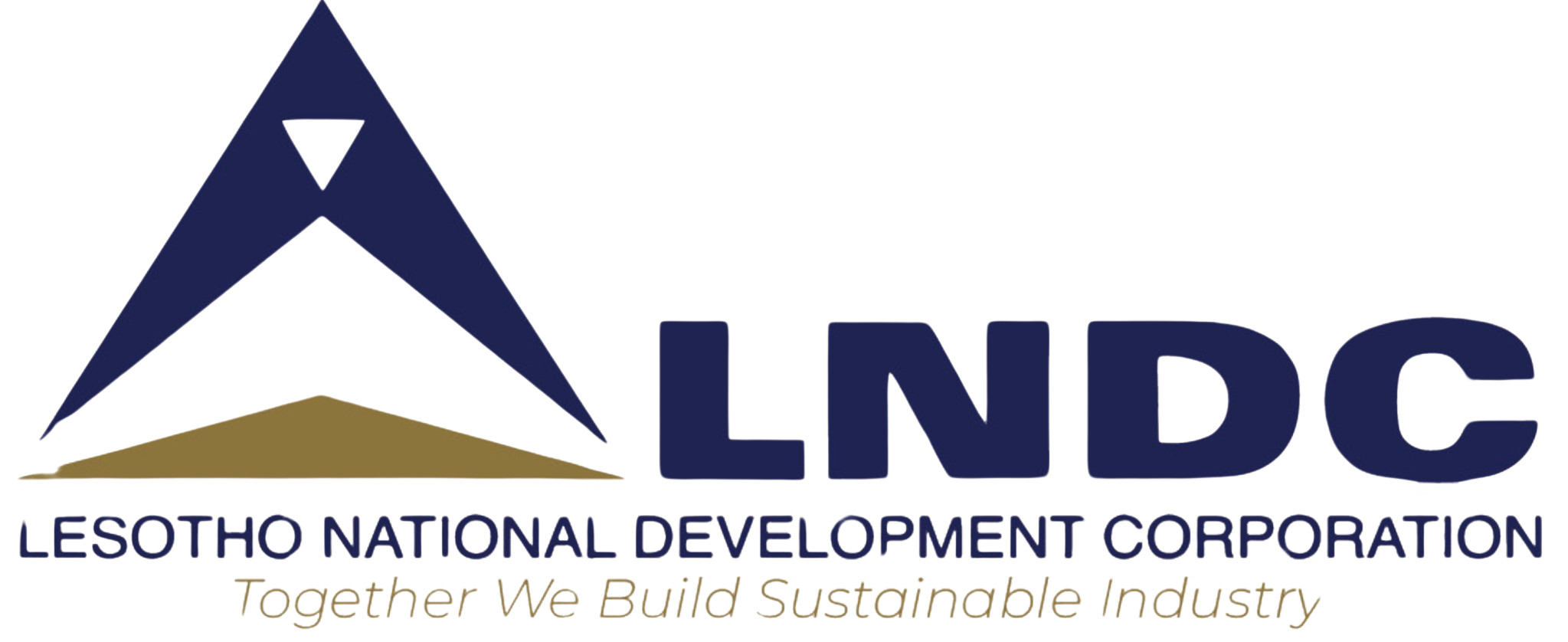
Renewable Energy
Opportunities exist for investors to supply renewable energy products or to develop renewable power generation in Lesotho. Currently the major exploits found in the country for renewable are Hydro energy, Solar energy and Wind energy
According to Lesotho’s Department of Energy, Lesotho could potentially produce 450 MW in hydropower and several hundred more with wind power. However, only 17 percent of this potential is being exploited, 96 percent of it at the ‘Muela hydro-power plant and the rest from mini hydro-power plants at Mants’onyane, Mokhotlong, Tsoelike, and Semonkong places in Lesotho. Energy demand is growing in South Africa and the rest of the region, and Lesotho has the potential to export renewable power. Opportunities exist for investors to supply renewable energy products or to develop renewable power generation in Lesotho. Currently the major exploits found in the country for renewable are Hydro energy, Solar energy and Wind energy
Read more about them bellow.
The Lesotho Highlands Water project offers opportunities for mid to large scale hydropower development and several studies have been conducted on possible pumped-storage plants as well. It is estimated that the large-scale hydropower generation potential for Lesotho is approximately 450 MW.
Additionally, there is significant potential for small scale hydro as well as wind and solar energy. As to small scale hydro, there are currently four mini hydro-power stations in the mountains at Semonkong, Tlokoeng, Tsoelike and Mants’onyane. It is estimated that there are roughly other 20-40 sites available for exploitation with a combined potential of more than 20 MW. The situation in Lesotho is conducive to developing small hydropower systems due to adequate existing hydropower resources and a settlement pattern in rural areas that favours decentralised energy systems. The current legislation that allows independent power producers to generate electricity for the national grid and the creation of a National Rural Electrification Fund by the government is seen by the authors as facilitating the uptake of small hydropower technology. Feasibility studies have been completed on three preferred sites: Tlokoeng, Motete and Qacha’s Nek

In regard to solar energy, the Lesotho Energy Master Plan estimated solar energy at an annual average of 7,520 MJ/m2 per day on horizontal surface. As part of the national sustainable development policy, one of the main objectives of the government in the energy sector is to promote the adoption of solar energy technologies. The draft paper on renewable energy policy enlists solar PV applications (solar home systems, PV for clinics, PV for water pumping and PV for telecommunication) and solar thermal technologies (solar water heaters, passive solar renewable energy technologies in Lesotho..

Even more exciting is the wind energy potential in Lesotho. Estimates have ranged that there is the potential to generate over 6,000 MW of wind power in the foreseeable future. Opportunities abound for investors in this area. Current projects include the 35MW Letseng Wind project, currently in the last stage of financial closure as well as the Semonkong Wind project, currently in feasibility study with promising results

